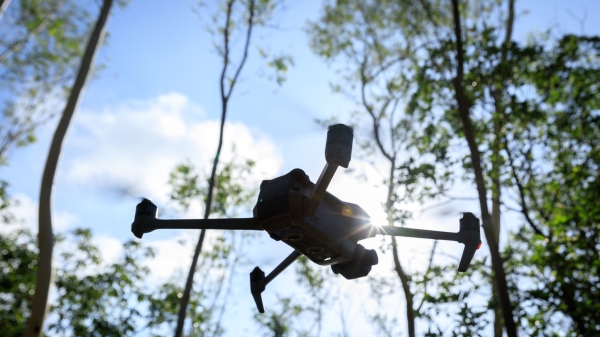By Brandon Moseley
Alabama Political Reporter
According to the Chinese Zodiac this is the Year of the Dragon, but according to new population estimates by the U.S. Fish and Wildlife Service (USFWS) this has really been the year of the duck. Ducks and waterfowl numbers are up significantly.
The USFWS released a written statement to announce that the 2012 “Trends in Duck Breeding Populations” report is estimating that the waterfowl production in North America has reached 48.6 million. That is 3 million more birds that we had last year and is 43% above the long=term average population.
The waterfowl survey is prepared by biologists working for the USFWS. The survey is reporting that the Mallard population is 10.6 million which is a 15 percent increase from 2011 and is 39% higher than the long-term average of 7.6 million. Gadwall numbers are up 10% and up 96% over the long-term average. American wigeons increased 3 percent over 2011, but are still 17% below the long-term average for the species. The survey is reporting that green-winged teal numbers are at 3.5 million. That is up 20% from 2011 and up 74% from the species long term average. The blue-winged teal numbered at 9.2 million, which is up by and 3 percentage points over their 2011 numbers; but up 94% over their long term average.
The USFWS is reporting that northern shovelers are at 5.0 million birds, which is up 8% over 2011 and 111% above their long-term average. Redhead numbers are unchanged from last year but are up 89% over their long-term average. The survey reported 800,000 canvasbacks which is 10% above last year’s estimate and 33% above their long-term average. Scaups were up 21% to 5.2 million which is 4% better than their long term average/
Not all the news was good though. According to the survey there are 3.5 million Northern pintails. This is 22% below their 2011 estimate and 14 percent below the birds’ long-term average.
More ominously the report also showed that wetlands and ponds decreased as conditions have been drier than normal. The USFWS survey reported only 1.7 million ponds in the north-central U.S., which is down 49% from last year. The USFWS is reporting “drastic” declines in western South Dakota and in Montana.
Traditionally the survey focuses on the north-central United States, south-central and northern Canada, and Alaska which is considered to be “the duck factory” of North America. The ducks typically breed and rear the young up north and then come south in winter to escape the cold.
The federal government was given authority over waterfowl conservation by the Migratory Bird Treaty Act of 1918. The USFWS works in conjunction with state wildlife biologists to set hunting season lengths, dates, and bag limits. The data from the survey is used in that mission.
To download the “Trends in Duck Breeding Populations, 1955-2012” report visit:






















































